Disclosure: Meeple Mountain received a free copy of this product in exchange for an honest, unbiased review. This review is not intended to be an endorsement.
My favorite book from Pathfinder First Edition—without a doubt—is the NPC Codex. That book contained around 250 fully-built Non-Playable Characters (NPCs) to slot into Pathfinder campaigns. I used it constantly for inspiration when creating interesting social encounters, spicing up combats, and even as a catalyst for a player’s recurring nemesis. I still use it! But now I also get to incorporate the brand new NPC Core book for Pathfinder Second Edition, which is shaping up to receive top-billing on my personal list of best Pathfinder books.
Pathfinder NPC Core Overview
When generating NPCs for your Pathfinder Second Edition games, there’s always the balance between preparing too much and not preparing enough. I’ve taken a low preparation approach these days, but it’s mostly possible due to the favorable structure of the Pathfinder system. The NPC Core takes that a step further by categorizing NPCs into groups to make them more accessible in the middle of a session.
No matter what you’re looking for—artisans, criminals, mercenaries, etc.,each section of the NPC Gallery lists a number of NPCs relevant to that category. For example, the Maverick section outlines NPCs like the Political Upstart, Arms Dealer, Musketeer, Runaway Blueblood, and more. Each entry also lists a statblock, making it quite easy to run social or combat encounters with these characters.
It’s important to note that Pathfinder Second Edition handles NPC statblocks the same way as they do monsters/creatures. They don’t have character classes, but that’s not to say that they aren’t interesting in their own right. I’m impressed with the flavor mechanically reflected in each NPC. This way of representing characters as creatures also opens the door to added creativity like utilizing the Troop mechanics with Line Infantry and Phalanx Formations.
The NPC Core stands out most, however, with its sprinkling of various rules options throughout. One such addition are the rules around curses and blessings that a mystic might provide. You might receive a curse giving you the squeaks, forcing a -1 status penalty to Stealth checks or you could receive a blessing of a +2 status bonus to Athletics checks to Force Open and Shove through a Strength of Spirit. These are thematic moments given mechanical weight, and if there’s something Pathfinder players like, it’s more rules.
I’d also like to point out the inclusion of the Relationships and Advancement rules found near the back of the NPC Core. Paizo loves their subsystems, and they generate them like they’re going out of style. This section details levels of connections, providing a mechanical scale by which players can gauge their relationship status with other NPCs. Typically, this might be used in a romantic fashion, although I’d argue that there’s value to using this at an organizational level as well.
The nice thing about rules like this is that they are completely optional. If they aren’t something that interests your table—or if you don’t feel the need to gamify relationships in this way—then there’s nothing wrong with leaving them out. However, if you’re playing a game laden with social intrigue, courtly drama, or an emphasis on relationships, then these rules feel quite adequate.
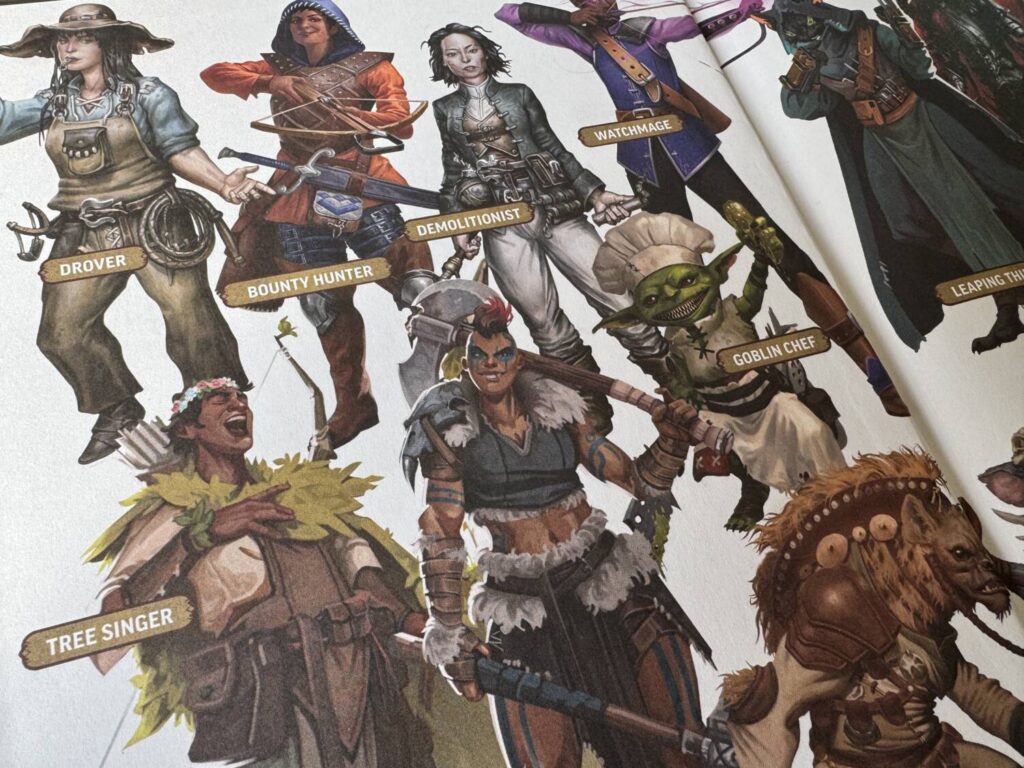
NPC Codex vs NPC Core
If you already own the NPC Codex, then what makes it stand apart from the NPC Core?
The obvious answer to this question is that the NPC Core is for Pathfinder Second Edition. If you don’t want to convert things over to the newer system, then this book is a no-brainer.
Additionally, the NPC Core has more fluff. This isn’t necessarily a bad thing, but it does exist. You’ll find a lot more flavor, description, and detail in the newer book, whereas the Codex is just page after page of statblocks. I also give additional brownie points to the NPC Codex for having amazing names for their characters, like Dancing Dervish and Traitorous Brigand.
As far as I can tell, all of the art in the NPC Core is brand new. Based on the past history of Paizo reusing art from First Edition with their Second Edition products, I fully expected to find duplicates across the two NPC books. Nothing jumped out at me, which isn’t proof that art wasn’t recycled. There is a chance that the art came from other Second Edition books, especially from those before the Remaster Project kicked off. Regardless, the art is at the same high standard that we’ve come to expect from Paizo.
Besides the various rules options added in the NPC Core, the book also provides the rules for adjusting creatures if you feel the need to beef them up or tone them down for the occasion. These are all in Monster Core, so it is rehashing rules that are already known, but I also think it’s very smart to put it right by the content where you might need it as a Gamemaster. It’s only a page, so the footprint is really low.
By and large, I love the NPC Core. It is packed with interesting creatures that will easily breathe life into any campaign. There’s enough detail to cut down on prep while still allowing plenty of opportunity to morph them to whatever you might need in a particular session.
I’ve already been using this book non-stop for our Sky King’s Tomb adventure path playthrough and I don’t foresee this book being put away on the shelf anytime soon. I’ve added in the Dwarven Smith in connection to Clan Molgrade, as well as added their Crack the Shell ability to another significant enemy. NPC Core helped make that combat more memorable because instead of performing a bunch of Strikes, I was able to add the threat of breaking armor on top of the threat of HP damage. Players had to change their tactics accordingly.
I’ve also leveraged the list of Dwarven curses and exclamations, which adds an extra dimension to creating a world that feels lived in. Did you know that dwarves say “Torag’s tongs!” as an exclamation when they’re surprised? Or that they tack on “daggerless” as an adjective to make insults sting a little bit harder?
I’ll also be tying in the False Priest into an upcoming cult storyline, but don’t tell my players that!
The NPC Core has been my most anticipated book for Pathfinder Second Edition, and it does not disappoint.
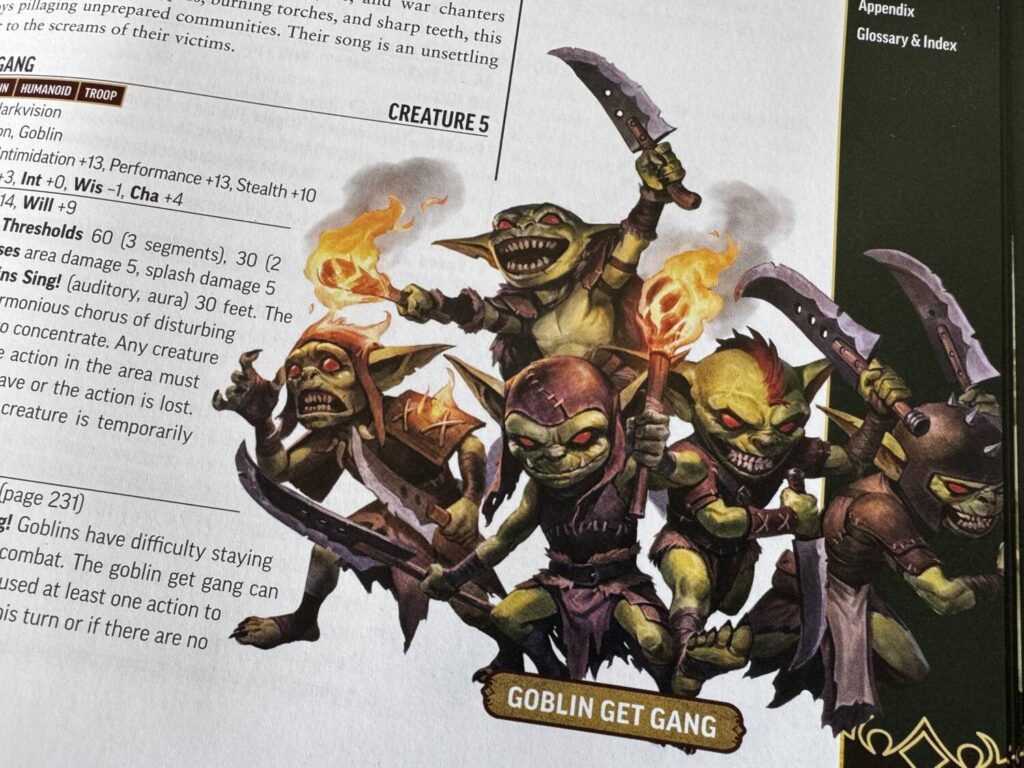


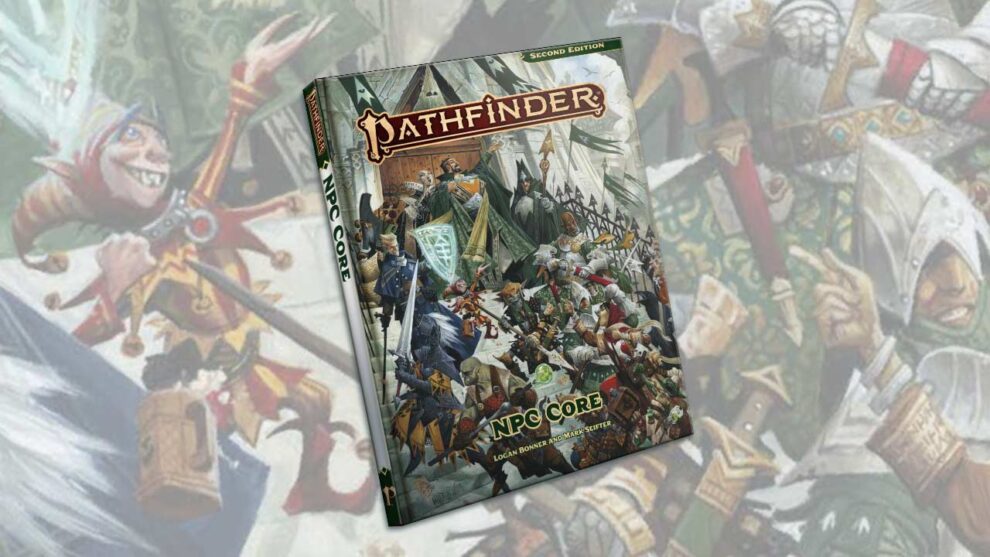

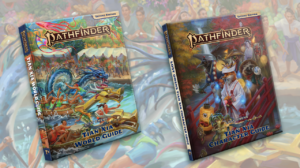
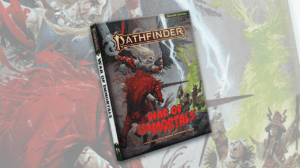
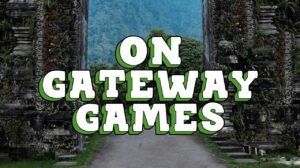



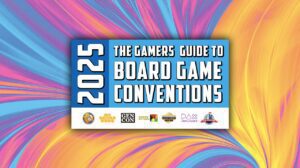
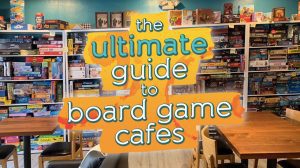
Add Comment